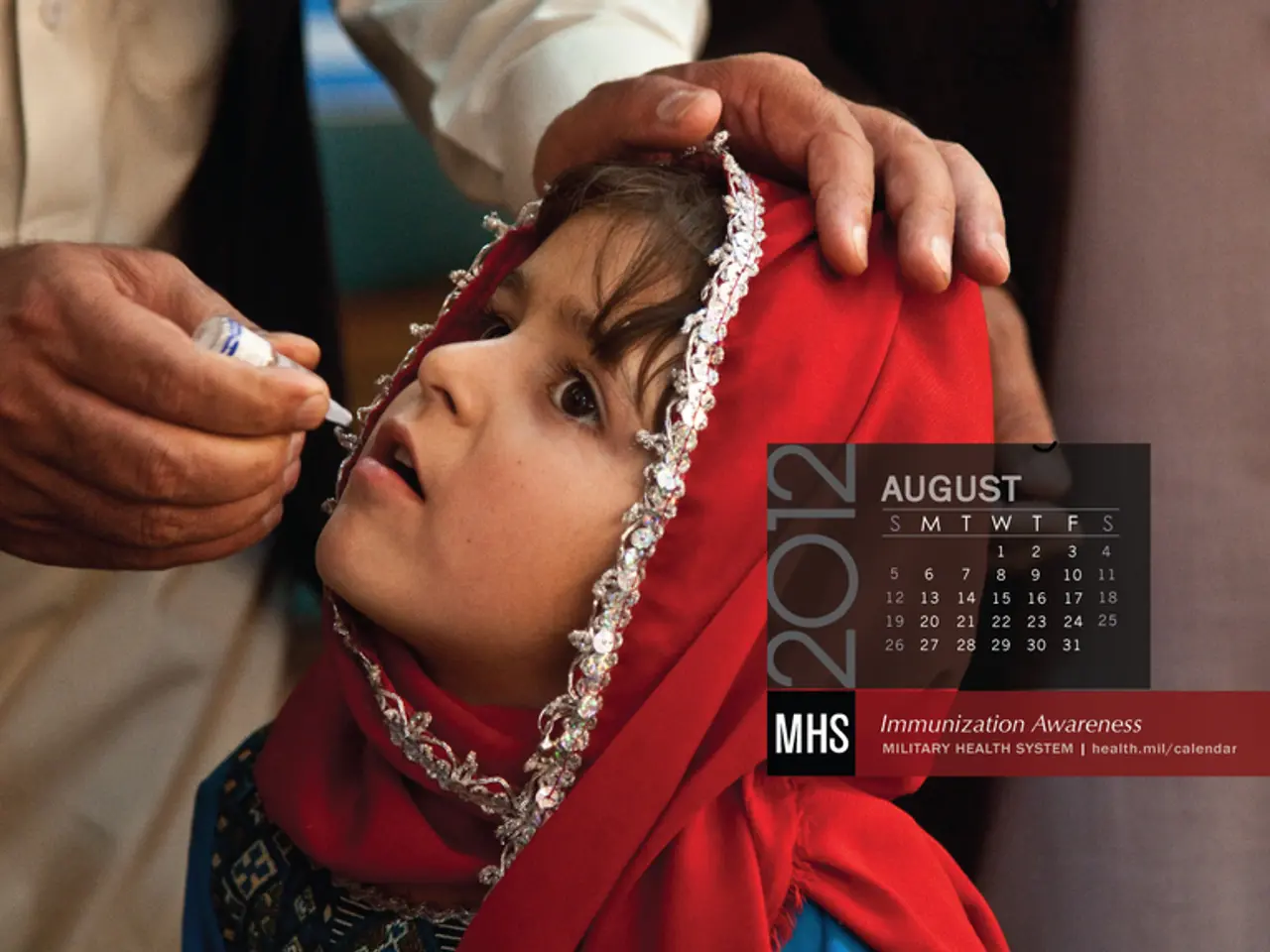Men Discuss Less Than Women: Intriguing Insights into Diverse Communication Styles
In a groundbreaking study, researchers have delved into the intricacies of human communication, revealing distinct patterns in the way men and women speak across various age groups and cultural contexts.
The study, which analysed over 630,000 audio recordings from participants in four countries, found that women tend to be more verbose than men, especially during early and middle adulthood. On average, women speak approximately 1,400 more words per day than men in this age range. However, this pattern narrows among younger adults and reverses in older age groups, where men speak more than women after the age of 65.
Gender differences in communication are influenced by a combination of biological factors and social contexts. For instance, hormone estradiol, linked to verbal fluency in women, plays a role, as does the family setting, where women often talk more.
The study also uncovered differences in communication styles. Men are more likely to interrupt and overlap in mixed-sex conversations to assert dominance, while women tend to overlap more frequently with same-sex interlocutors to gain influence. Men’s speech patterns are characterised by questioning, instructing, correcting, and disagreeing, while women tend to conform, inform, repair, and hedge their statements.
The research, which involved sophisticated statistical methods, also found that parents shape how their children learn language. Mothers' responses and teaching explain 16% of the differences in how well children express themselves. Children develop better language skills when their mothers show sensitivity and warmth, and when mothers pay attention to what interests their child and talk about it through comments, labels, or questions.
The study challenges our basic assumptions about gender and communication styles, suggesting that social influences like parenting duties and workplace roles shape people’s speech patterns more than biological factors.
However, the shift from verbal to digital communication has its drawbacks. People speak approximately 3,000 fewer words each day due to digital communication tools, which negatively affects mental and physical health. Conversations lack emotional depth, people can't read body language, and social skills get weaker in this digital age.
In the realm of workplace communication, digital messages often create confusion, with more than 70% of office workers reporting unclear digital exchanges, costing the American economy about $188 billion annually. Face-to-face requests work 34 times better than email requests, but people still prefer digital communication's convenience.
The study gathered data from participants in four nations to ensure cultural diversity in their findings. It used the Language Environment Analysis (LENA) system, which includes an audio recorder that stores up to 16 hours of audio in a vest worn by participants. The Electronically Activated Recorder (EAR) records 30-second audio snippets every 12 minutes throughout the day. Participants can pause recordings whenever needed, review and delete clips before researchers see them, and there is a six-hour overnight blackout period that stops any recordings.
In conclusion, the study provides valuable insights into the complexities of human communication, highlighting the importance of protecting meaningful in-person conversations and understanding the role of social and cultural factors in shaping our communication styles.
- The study revealed that middle-aged women tend to be more verbose than men, speaking approximately 1,400 more words per day in this age range.
- The research also explored the differences in communication styles between men and women, showing that men are more likely to interrupt and assert dominance, while women tend to overlap more frequently to gain influence.
- The study found that parents, particularly mothers, play a significant role in shaping their children's language skills, with their responses and teaching explaining 16% of the differences in how well children express themselves.
- The shift from verbal to digital communication has negative effects on mental and physical health, as people speak approximately 3,000 fewer words each day due to digital communication tools.
- To ensure cultural diversity in their findings, the study gathered data from participants in four nations, using the Language Environment Analysis (LENA) system that includes an audio recorder and the Electronically Activated Recorder (EAR) for recording conversations.




